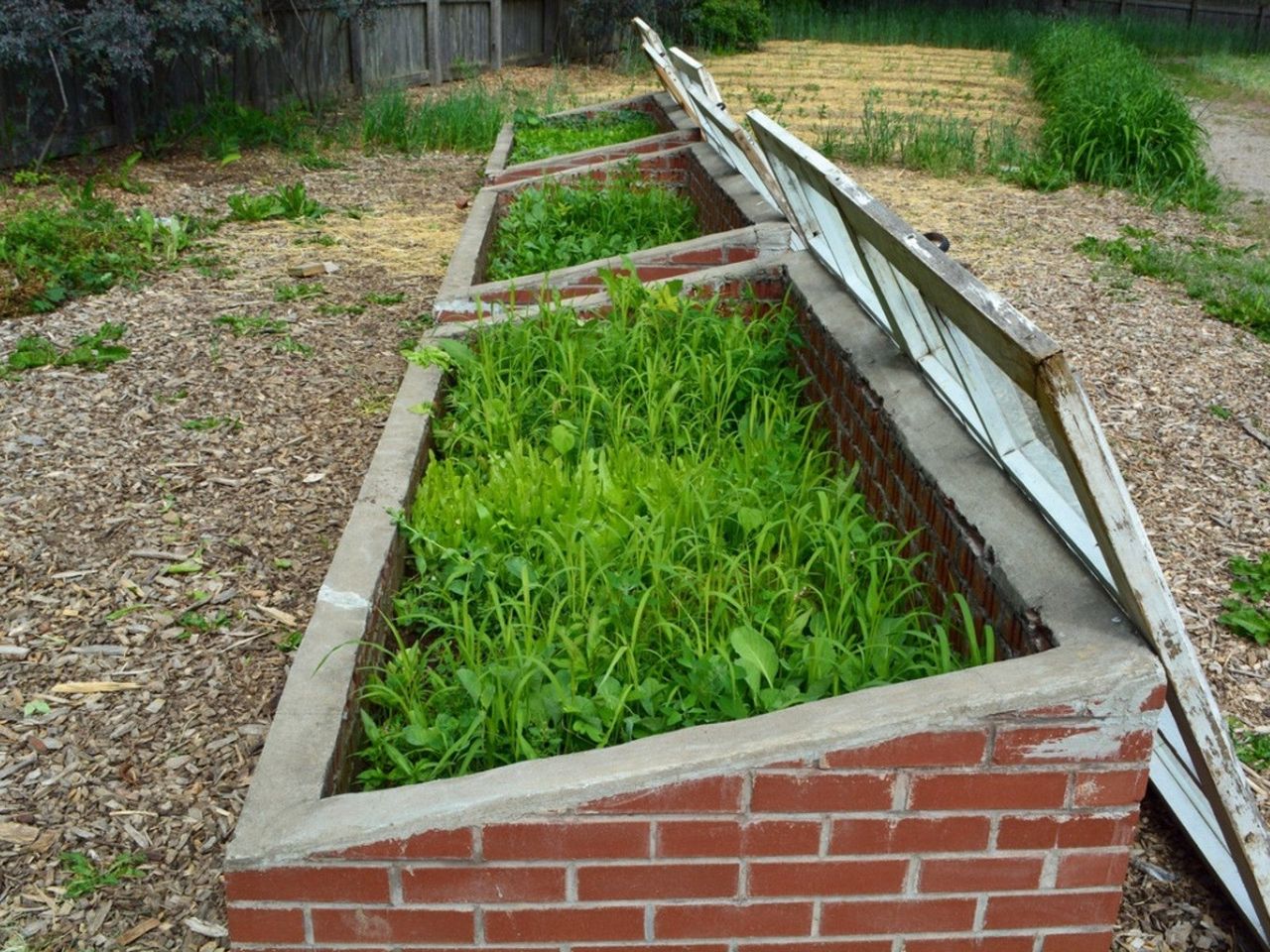5 Essential Cold Frame Tips - How To Use A Cold Frame

Cold frames are simple constructs that use solar energy and insulation to maintain a microclimate. Once you have a cold frame, the question is what to put in the cold frame? Read on for our top 5 cold frame tips.
How to Use a Cold Frame?
Cold frames have been used for centuries in one incarnation or another to extend the growing season primarily but there are also other ways to use a cold frame. Here are our top 5 cold frame tips on how to use a cold frame.
- Extend the Gardening Season: The number one reason people use a cold frame is to extend the garden season. By using a cold frame you can plant three to five weeks earlier in the spring and extend the fall season far beyond the frost date.
- Protect Tender Perennials: Cold frames are often used to protect tender perennials from excessive cold temps or fluxes and to reduce evaporation which results in moisture loss.
- Hardening Off: Cold frames also provide an area to harden off tender annual vegetables that have been started indoors. Hardening off means gradually acclimating the plants to outdoor conditions like cooler temps, better light, and wind.
- Overwinter Dormant Plants: If you have plants that are not hardy in your USDA zone, a cold frame can provide an area to overwinter some of these more tender specimens. A cold frame is not a greenhouse, however, so the protection provided is suitable for plants that are hardy within a zone or two of your own area.
- Start Seeds: A cold frame is ideal for starting seeds, especially cool weather seeds. Starting seeds outside in a cold frame will allow the resulting seedlings to get a jump start and to harden off in readiness for transplanting and it is especially useful for those with limited indoor space in which to start seeds.
Final Cold Frame Tips
A cold frame can be simple and inexpensive or more complex including automatic venting and heating cables. For most gardeners, a simple construct works well composed of a wooden frame set into the soil and covered with glass, acrylic, or poly covering.
Lastly, a cold frame is the perfect vehicle for certain types of veggies. Greens such as arugula, beet greens, endive, escarole, lettuces, mache, and spinach are perfect for growing in a cold frame. Other crops suited for growing in a cold frame include beets, carrots, leeks, radishes, and turnips.
Learn More About Extending Your Growing Season
Gardening tips, videos, info and more delivered right to your inbox!
Sign up for the Gardening Know How newsletter today and receive a free copy of our e-book "How to Grow Delicious Tomatoes".

Amy Grant has been gardening for 30 years and writing for 15. A professional chef and caterer, Amy's area of expertise is culinary gardening.
